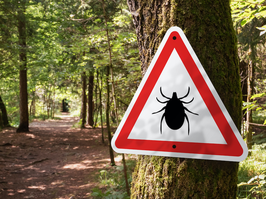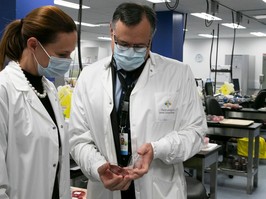everything you need to know about staying safe from ticks and lyme disease
black-legged ticks, which can carry lyme, are so widespread in canada now there's a good chance you'll meet up with one of these little buggers when you're out enjoying nature.
five things to know about lyme disease and ticks in b.c.
the prevalence of ticks that can carry lyme disease is expected to be higher than ever in much of canada this year, researchers say.
 3 minute read
3 minute read







